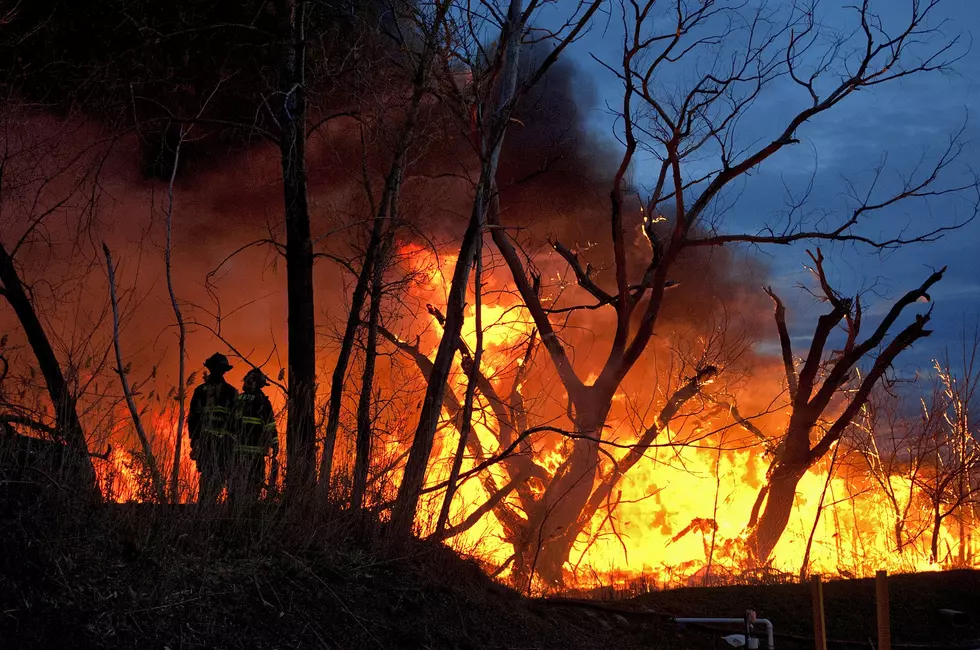
UW Researchers Shows Wildfire Smoke is More Cooling on Climate
A study of biomass burning aerosols led by University of Wyoming researchers has shown that smoke from wildfires has more of a cooling effect on the atmosphere than computer models assume.
The paper, titled “Biomass Burning Aerosols in Most Climate Models Are Too Absorbing,” that was published January 12 in Nature Communications, a journal that publishes high-quality research from all areas of the natural sciences.
Hunter Brown, who graduated from UW in fall 2020 with a Ph.D. in atmospheric science, was the paper’s lead author.
The composition, size, and mixing state of biomass-burning aerosols determine the optical properties of smoke plumes in the atmosphere.
Observations and models used in the study covered a wide temporal range.
The National Center for Atmospheric Research (NCAR)-Wyoming Supercomputing Center (NWSC) in Cheyenne was used for all of the data processing and the model sensitivity simulations.
How aerosols are absorbed in the atmosphere depends on the type of fuel that is burning, as well as the climate of the fire region. For example, hot, dry grassland fires in Africa and Australia tend to have much darker smoke, which is more absorbing, while cooler, wetter boreal forest fires in North America and Northern Asia tend to have much brighter smoke, which is less absorbing.

The 100 Best Places to Live in the Midwest
More From Laramie Live









